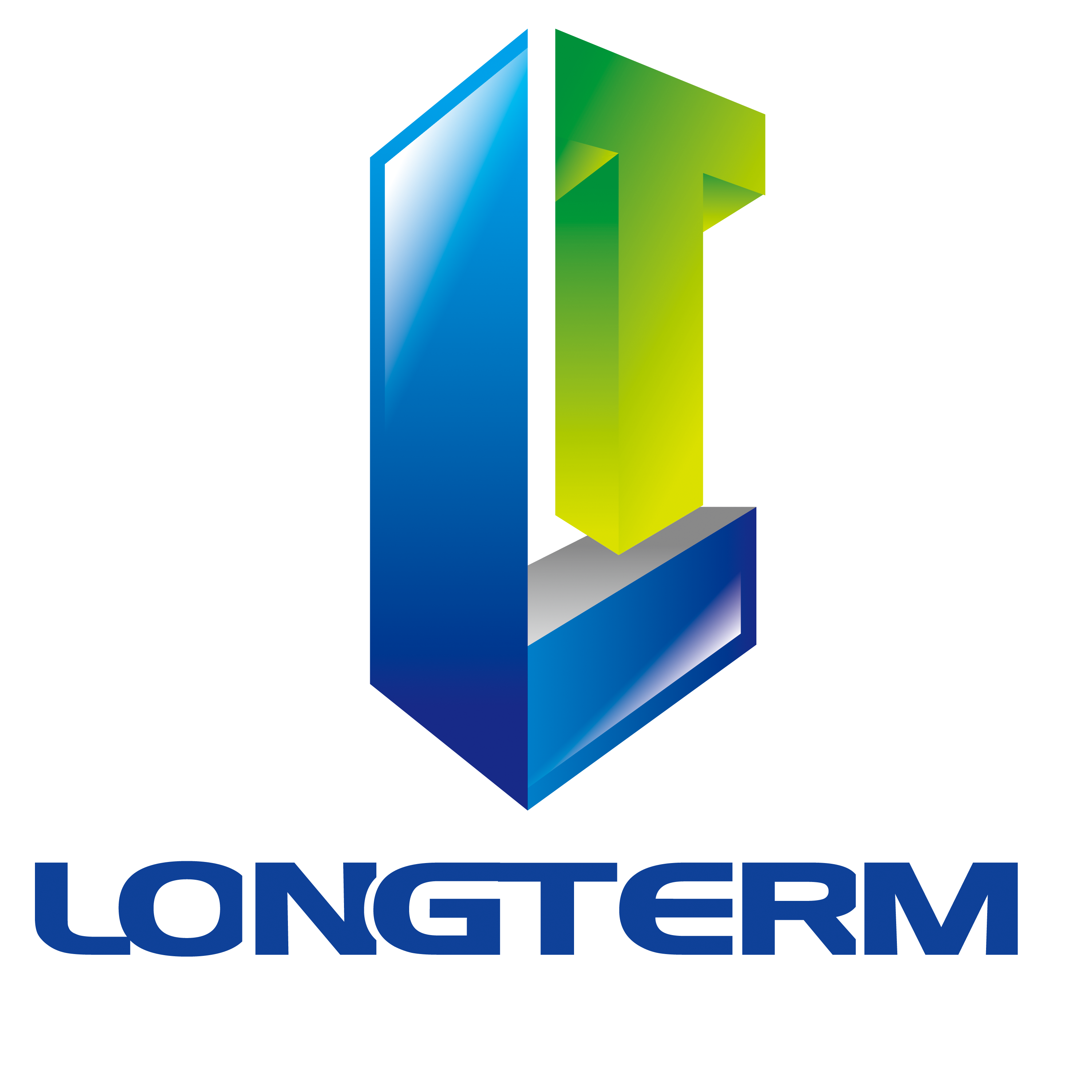Cold Runner Systems: Commonly used for simpler automotive components with shorter flow paths, these systems rely on unheated channels to deliver molten plastic. While cost-effective and straightforward to manufacture, they generate significant waste and require longer cycle times.
Hot Runner Systems: Predominantly adopted in high-precision automotive molds, these systems utilize heated manifolds to maintain melt temperature, reducing pressure loss and enabling faster injection molding of complex parts. Despite higher initial costs, they offer superior efficiency and reduced material waste.
Employ central gating or multi-point injection to ensure uniform filling and minimize warpage.
Example: Bumper grilles, interior trim panels.
Utilize edge or film gates to facilitate rapid filling and prevent premature solidification.
Example: Headlamp housings, dashboard components.
Position gates to align with stress-bearing areas, enhancing part durability.
Example: Engine covers, structural brackets.
Avoid visible gate marks by placing gates on non-visible areas or using submarine gates.
Example: Exterior body panels, interior bezels.
Optimize gate location to control material flow front interaction in overmolding applications.
Example: Soft-touch grips on steering wheels, composite interior components.

